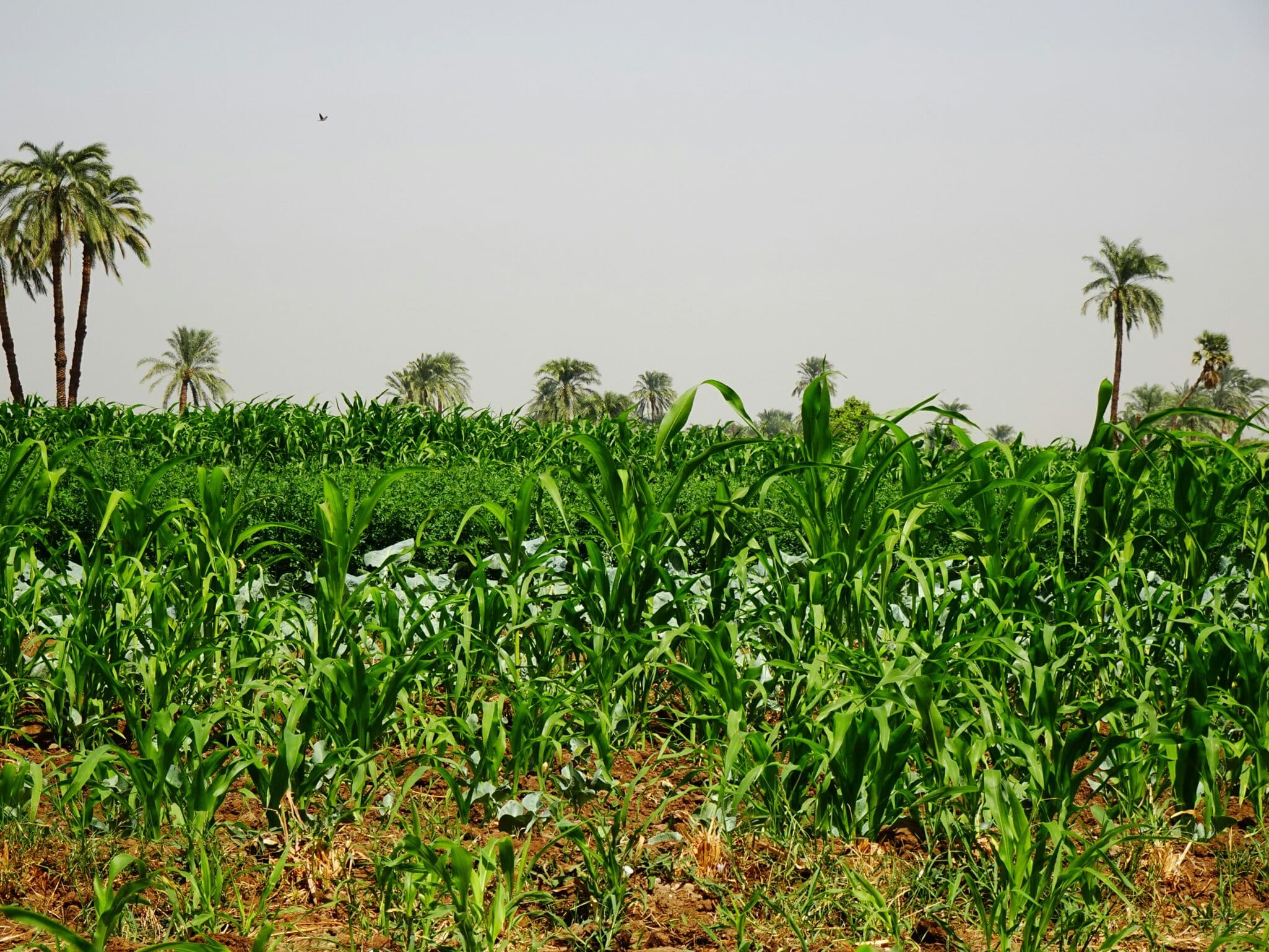Key Takeaways:
- Joel Emmanuel Benson, agro-climatologist and founder of ACIPAAY, coordinated the guide’s development.
- The 2025 Climate Guide offers state-by-state climate advice for farmers across Nigeria.
- 21 youth leaders and agro-professionals contributed to its development.
- The guide simplifies NiMet’s forecasts into practical, farmer-focused recommendations.
- Regions face diverse risks such as flooding in the South-South, dry spells in the North.
- Adoption from farmers and state officials suggests growing trust and relevance.
Joel Benson on Climate Action: A Localized Tool for National Resilience
In a year marked by erratic rainfall and unpredictable weather patterns, a group of young agricultural leaders is taking decisive action to bridge the gap between climate science and everyday farming decisions. At the heart of this movement is Joel Emmanuel Benson, an agricultural scientist and founder of ACIPAAY (Agrocentric Creativity Initiative Platform for Agricultural Awareness Amongst Youth). He is also the lead editor behind Nigeria’s inaugural 2025 Climate Guide for Farmers, a free and practical resource designed to help farmers respond to location-specific climate risks.
Benson’s motivation stems from personal experience and a deep concern for the livelihoods of Nigerian farmers.
“A few years ago, I heard news reports about farmers in the FCT losing entire crops after the rains started and then stopped abruptly. Even last year, farmers told me they were giving up on farming altogether,” he recalled. “That pain pushed me to act.”
From Nationwide Collaboration to Local Relevance
Ensuring the guide was accessible and locally useful was no small feat. Drawing from his academic background in agro-climatology and sustainable agriculture, Benson led a national volunteer effort, gathering 21 contributors from across all 36 states and the FCT. Each was trained to translate complex climate forecasts from NiMet into actionable, state-specific insights.
What emerged is a robust document that farmers can use to plan planting dates, select crop varieties, and adopt practices suited to their region’s forecasted weather.
“Breaking the guide down state by state made it easier for farmers to relate to their local realities,” said Benson. “And we made it free to remove barriers.”
Risks Vary Widely by Region
Among the standout observations in the 2025 edition:
- South-South states like Akwa Ibom and Ebonyi are expected to see above-normal rainfall, raising risks of flooding, pests, and disease.
- South-West regions may face shorter rainy seasons, calling for early planting and crop variety adjustments.
- Northern states such as Zamfara and Yobe face delayed rainfall and dry spells, demanding drought-resistant crops and moisture-conserving practices.
- Livestock producers are advised to improve pen hygiene and biosecurity, while fisheries must prepare for changes in water availability and quality.
Growing Impact and Adoption
The guide’s influence is already spreading. Farmers in the FCT who followed its recommendations have reported improved crop stability. Local government officials are also showing interest, with one Climate Change Officer from a southeastern State Ministry of Environment using the guide to plan a climate-smart community program.
“We’ve seen the guide used not just by farmers, but by consultants and agricultural stakeholders. It’s been both validating and motivating,” Benson noted.
Joel Benson and Team Translate Forecasts into Practical Strategies
For Benson and his team, the 2025 edition is only the beginning. Annual updates are planned, informed by feedback, field results, and new data. The vision is to create a sustained, adaptable tool that evolves with Nigeria’s climate challenges and supports ongoing agricultural resilience.
“We’re already monitoring the guide’s impact and using those insights to shape future editions,” said Benson. “This isn’t a one-off project—it’s a long-term commitment to the people who feed our nation.”
As the agriculture sector across Nigeria grapples with climate change, localized, science-based tools like the Climate Guide could prove essential. And with its collaborative foundation and growing support, the guide offers a promising example of youth-driven, data-informed agricultural innovation grounded in empathy and practicality.
Download the report here.


